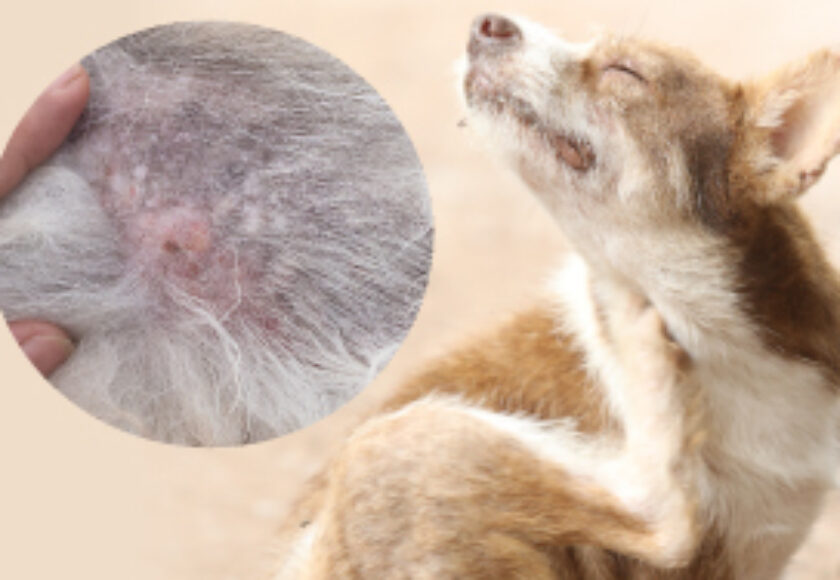There are three kinds of rodents:
- Rat-like rodents (including rats, mice, hamsters, and gerbils)
- Porcupine-like rodents (including guinea pigs, chinchillas, and degus)
- Squirrel-like rodents (including prairie dogs and chipmunks)
The primary difference between these three types is dental anatomy and physiology. All three classes of rodents have incisors as described below. The following Q and A was generated in response to a question about an owner’s pet rat.

Q. Do Rats’ Teeth Have Roots? I See Conflicting Information.
A. Rats and all rat-like rodents have two types of teeth. The incisors are the front teeth (two upper and two lower). These teeth have long crowns. Under the gum-line and in the bone, the crown extends up to a tooth bud. Incisor teeth grow for the life of the animal. The bud produces crown all the time. The crown under the gum line is called the reserve crown. The bud is called the reserve crown bud.
The other teeth in the mouth are like human teeth. The crown is visible in the mouth, but these teeth are hard to see unless the rat is under sedation. Under the gum line there is a root. These teeth, like ours, do not grow after they are formed.
So, the incisor teeth do not have a true root. On radiographs (x-ray pictures), the reserve crown and bud look like a root, but they are not like other teeth. All other teeth in the mouth have true roots.
For pet owners who have other rodents, squirrel-like rodents have teeth similar to rats. Porcupine-like rodents and rabbits have reserve crown and buds for ALL their teeth.
Q. Should I Trim My Rat’s Incisors?
A. A rat whose teeth are normal does not need to have incisor teeth trimmed. While the teeth grow throughout the rat’s entire life, the teeth meet together (occlude) properly, and grind down on one another to maintain a normal length. The lower incisors are generally twice as long as the upper incisors.
Q. Do I Have To Trim My Rat’s Incisors If They Don’t Meet Properly?
A. If your rat’s teeth do not meet properly (malocclusion), keeping teeth trimmed to a normal length is necessary to maintain normal function. Some overgrown teeth will block the ability to eat properly, but others can grow outward and make it easy to snag the tooth and break it.
Q. What Can Be Done For Maloccluded Incisors?
A. There are two appropriate options for managing overgrown maloccluded incisors:
- Repeated incisor trimmings
- Pulling (extracting) the incisors
Repeated trimmings can be done but the trimmings need to be done properly. It is almost impossible to trim these teeth at home: rats are tiny and squirmy, and not all keen on the idea. If you use a nail trimmer or instrument that puts pressure on the tooth before it cuts, you can cause unseen fractures to the teeth. This may cause teeth to fall out. In this case, the tooth bud and at least some of the reserve crown usually remain intact. The tooth will regrow although it may look differently in texture or color, and it may grow in a slightly different direction or angle. Two other real dangers with improper tooth trims are damage to the soft tissues in the mouth (e.g., lips and tongue) and deep infection of the tooth. In the latter case, abscesses can develop and require surgical treatment.
In the rare rat, trimmings can be done at home without sedation and with a Dremel® tool. However, this is a RARITY! Take your rat to the veterinarian. Your veterinarian should be using specific equipment, such as a high speed dental drill or 2-speed or variable speed Dremel-type tool to trim the teeth to a normal length and angle. Many rats need sedation for this to avoid damage to structures other than the teeth.
Pulling the teeth will be more expensive in the short run but it is advised in many cases.
The difficulty in pulling these teeth comes from a few factors:
- The length of the reserve crown (root-like structure under the gum)
- The ease with which these teeth can break anywhere along their length, and
- The complete extraction requires removing the reserve crown bud, which is soft.

